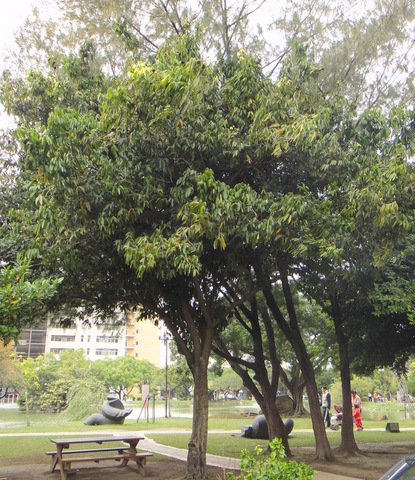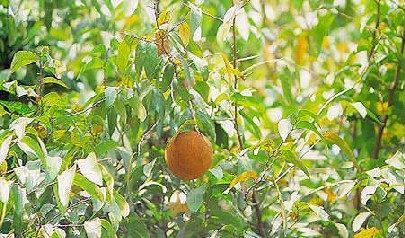[1] Barefoot Doctor's Manual- 1977 Prepared by the Revolutionary Health Committee
of Hunan Province. Original Chinese manual- Victor W. Sidel. Originally published
by Dr Joseph Quin and the Fogarty International centre, Bethdesda (1974). Madrona
Publishers Seattle Washington ISBN 0-914842-52-8
Images
1.
blog.xuite.net
2.
lvgira.narod.ru
Retrieved 7-Aug-14
 Hydnocarpus
anthelminticus. H. wightiana
大
风 子
Dà fēng zǐ Chaulmoogra Family:
Achariaceae
Hydnocarpus
anthelminticus. H. wightiana
大
风 子
Dà fēng zǐ Chaulmoogra Family:
Achariaceae
